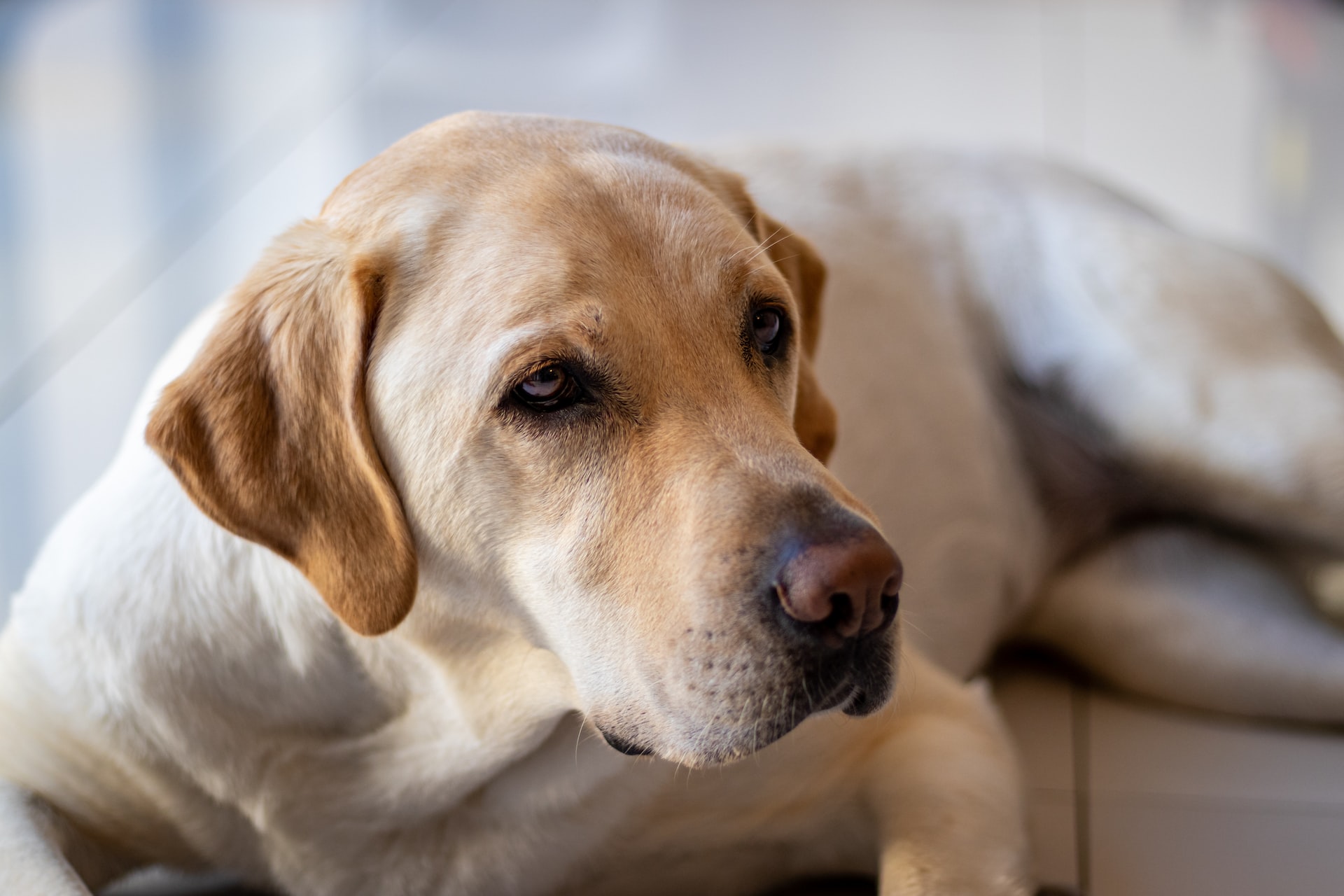
Counterconditioning and desensitization are valuable techniques for managing dog anxiety, aimed at modifying their behavior and helping them become less fearful of specific triggers. While these methods can be effective, they require patience and consistency. Working with a professional trainer can help you avoid potential pitfalls that may exacerbate your dog’s anxiety.
Dealing with a fearful dog can be a challenging experience, as dogs can exhibit fear towards various stimuli for diverse reasons. Whether it’s anxiety triggered by fireworks, thunderstorms, or visits to the vet, or more extreme forms of fear resulting from a lack of socialization and training, addressing these issues is essential for both your dog’s well-being and your own peace of mind.
If your dog displays anxiety-related behaviors, such as barking, lunging, or cowering, counterconditioning, and desensitization can be beneficial techniques to promote better behavior and create more positive associations with once-frightening situations. But what exactly do these methods entail? Read on to gain a deeper understanding of counterconditioning and desensitization as tools for managing anxious dogs.
Defining Counterconditioning & Desensitization
Counterconditioning and desensitization are behavioral modification techniques used to alleviate fear in dogs. To grasp their significance, let’s break down each approach:
Counterconditioning aims to alter a dog’s emotional response to a specific trigger. It involves creating positive associations with a feared stimulus. For instance, if your dog barks and lunges at other dogs out of fear, counterconditioning would strive to change their response to seeing another dog by associating it with positive experiences, like receiving treats. It’s crucial to prevent exposure to the trigger that could lead to a negative reaction during counterconditioning.
Desensitization involves gradually exposing the dog to the feared trigger at a low level, ensuring they remain calm. Over time, the exposure is incrementally increased to reduce reactivity. Understanding your dog’s threshold, the point at which they become anxious and reactive is essential during desensitization. The goal is to keep them below this threshold.
What Are They Used For?
Counterconditioning and desensitization serve as behavior modification strategies to alleviate your dog’s fear in specific situations or around certain triggers. Dogs express fear differently, with some dogs cowering and trembling while others display reactivity, such as barking and lunging. Fear-based aggression is not uncommon in dogs, as they, like humans, can enter a fight-or-flight mode.
While avoiding triggers might work for some situations, it’s often impractical. For instance, if your dog is fearful of other dogs, you can’t always control when you’ll encounter one during a walk. These techniques are invaluable for transforming your dog’s responses to stimuli and enabling them to remain calm, ultimately reducing overall anxiety and fear.
Examples
Here are a few examples of how counterconditioning and desensitization can be applied:
- Fear of strangers at home: If your dog is territorial and wary of strangers, counterconditioning can help train them to respond differently. For instance, instead of immediately barking at incoming strangers, your dog can be taught to go to a designated area when visitors arrive.
- Encountering dogs during walks: If your dog is afraid of other dogs and tends to bark and lunge, you can use counterconditioning to encourage an alternative behavior. Instead of reacting fearfully, your dog can be trained to focus on you when they see another dog or perform a simple action, like touching their nose to your hand.
- Fear of the vet: Many dogs are apprehensive about veterinary visits, but desensitization and counterconditioning can help make these experiences less stressful. By introducing your dog to “happy visits” at the vet and practicing examinations at home using a stethoscope, you can help them become more at ease.
While training your dog can be time-consuming, it’s especially important when dealing with fearful dogs. These techniques require patience and consistency to change your dog’s emotional responses. Positive reinforcement, such as rewarding good behavior with treats, plays a pivotal role in this process.
Training Tips: Counterconditioning & Desensitization
Implementing counterconditioning and desensitization effectively requires a few key strategies:
- Always have rewards: Treats can be powerful motivators for dogs. Having treats readily available during training allows you to reward your dog when they responds well to triggers that cause fear. This positive reinforcement can help them form more positive associations with these stimuli.
- Keep your dog under threshold: Training only succeeds when your dog remains below their threshold of fear. If they become anxious and reactive, it’s essential to increase the distance from the trigger to help them calm down before rewarding good behavior.
- Practice regularly: Consistency is crucial in behavior modification. Find opportunities to practice counterconditioning and desensitization at home, and when needed, seek assistance from a professional trainer.
- Be patient: Rushing through training can be counterproductive, as it may lead to your dog experiencing excessive fear. Avoid flooding, which involves exposing your dog too rapidly to their fears, as it can worsen their anxiety. Instead, progress gradually.
- Never punish your dog: Scolding or punishing your dog when they act fearfully can exacerbate their anxiety and create negative associations with the triggers. Focus on positive reinforcement instead.
Managing a fearful dog can be challenging, but counterconditioning and desensitization are valuable tools for reducing their fear and modifying their behavior to ensure anxiety-inducing situations are less distressing. In severe cases of fear-based aggression, anxiety medications can be a helpful complement to training efforts. If you’re concerned about your dog’s fear-related behavior, consider consulting a professional veterinarian for guidance.